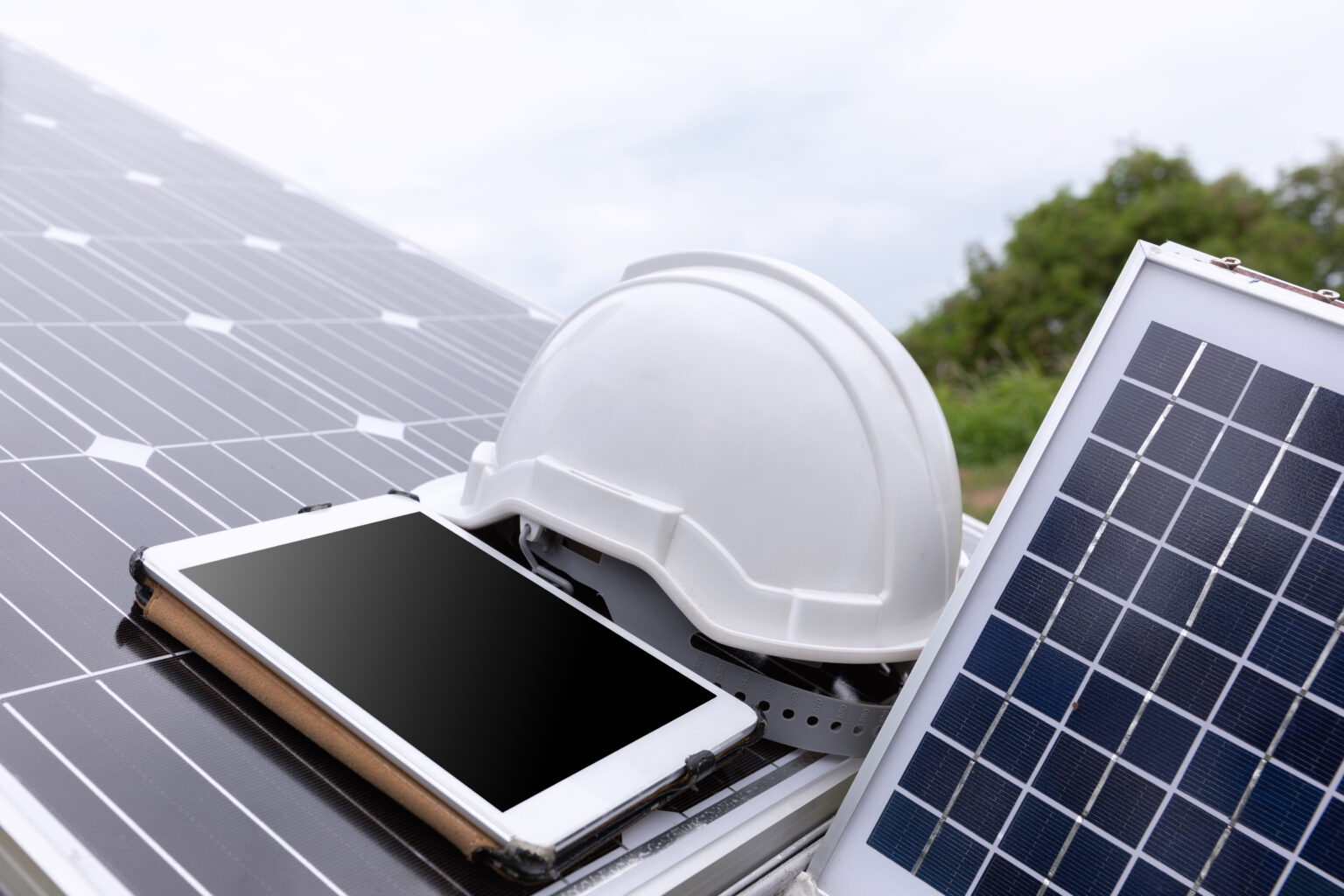Whether you love the idea of sustainable charging or you need a solution for staying powered up while off the grid, charging your smartphone with solar panels is an enticing idea. But how practical is it, and what do you need to make it work? This blog dives into the essential details of using solar panels to charge your phone, offering practical steps, insightful tips, and advanced tools like solar tilt angle calculators to empower your setup. By the end, you’ll know exactly how to harness solar energy for your smartphone!
Understanding Solar Panels and Smartphone Charging
How It Works
Charging a smartphone with a solar panel involves using photovoltaic (PV) cells to capture sunlight and convert it into electrical energy. This energy can be tailored to your phone’s requirements using voltage regulators, USB connections, or additional battery packs.Can You Charge Your Phone Directly?
Yes, you can directly charge your smartphone using a solar panel. However, it is crucial to ensure the panel’s output is both compatible with and stable enough for your phone. The fluctuating nature of solar power output due to changing sunlight conditions means there’s room for improvement in efficiency and safety when charging directly. Pro Tip: A buffer device such as a solar-equipped power bank or charge controller can help regulate the flow of energy to your phone, avoiding overcharging, overheating, or power interruptions.Benefits of Charging Your Phone with Solar Panels
Eco-Friendly Energy
Switching to solar reduces your reliance on grid electricity, shrinking your carbon footprint. Portability for On-the-Go Charging Portable solar panels are an incredible resource during outdoor activities like camping, hiking, or traveling to remote areas.Cost Savings Over Time
After the initial investment into solar panels, the sun becomes your free, renewable source of energy.Energy Independence
Never worry about finding an outlet during emergencies or power outages!Estimating the Solar Panel Size for Smartphone Charging
Before you invest in a solar panel, you must calculate the size (wattage) necessary for efficiently charging your smartphone.How Many Watts Does a Smartphone Need?
The typical smartphone requires about 5 to 10 watts for standard charging. High-tech models with fast-charging capability may require more (up to 20 watts).Recommended Solar Panel Wattage
To charge a smartphone directly, a 20-watt to 30-watt solar panel is ideal. This wattage accounts for variable sunlight conditions and minor energy losses during conversion.Estimated Charging Time
On average, a fully charged solar panel under optimal sunlight (5-6 hours per day) can recharge your smartphone in approximately 1.5 to 3 hours, assuming a battery capacity of 10-15 watt-hours.Using a Solar Tilt Angle Calculator
The angle at which the sunlight hits your solar panel significantly impacts its efficiency. Tools like a solar tilt angle calculator are incredibly helpful here. These calculators determine the perfect angle for positioning your panel based on your location, the time of year, and the angle of the sun.Components Required for Solar Charging
To effectively charge a smartphone using solar power, here’s what you’ll need:Solar Panel
Suggested Wattage Range: 20W to 30W, foldable or portable for convenience. Examples of Brands/Models: SunJack and Renogy solar panels.Voltage Regulator
Maintains a steady output of 5V, which is the standard charging voltage for smartphones. Example Component: 7805 +5V voltage regulator chip.USB Adapter or Solar Charger
Converts solar panel output into a USB-compatible format for direct phone charging.Battery Pack (Optional)
Acts as a buffer device to store excess energy and provide stable currents during cloudy weather or nighttime.Charge Controller (Optional but Highly Recommended)
Prevents overcharging and voltage fluctuation, ensuring the longevity of your phone’s battery. For a more seamless experience, solar chargers that integrate panels, regulators, and USB outputs in one device offer an excellent all-in-one solution.Charging Directly vs. Indirectly
Direct Solar Charging
Pros
- Simpler setup.
- Requires fewer components and accessories.
Cons
- Highly weather-dependent.
- Fluctuates due to variable sunlight, leading to inefficiency or potential harm to the battery.
Indirect Solar Charging
With indirect charging, solar panels charge a power bank or storage battery first, which then charges your smartphone.Pros
- Stable and safe energy flow.
- Ideal for extended use in low-light conditions or at night.
Cons
- Requires more components and setup.
Choosing the Right Solar Panel for Your Needs
To pick the best solar panel for phone charging, keep these factors in mind: Portability Look for foldable or lightweight designs to easily carry on outdoor trips. Output Voltage and Current Ensure it matches your phone’s charging specifications (e.g., 5V at 2.1A for fast charging). Durability Water-resistant or weatherproof panels are a must for outdoor use. Efficiency Many solar panels offer efficiencies of 15-20% under optimal sunlight. Integrated Features Accessories like integrated voltage regulators, USB adapters, or battery packs add significant value.Does a Solar Panel Make Sense for You?
A solar panel is a fantastic investment for sustainability and convenience, especially if you:- Spend a lot of time outdoors or off the grid.
- Want a renewable energy option for daily use.
- Desire independence from power outlets.
